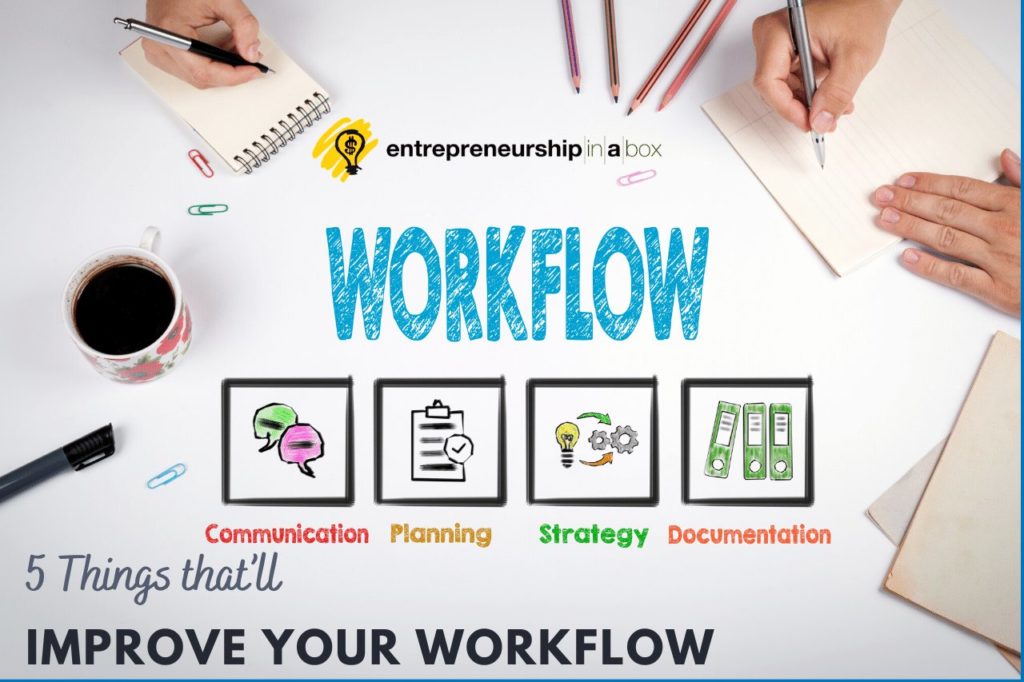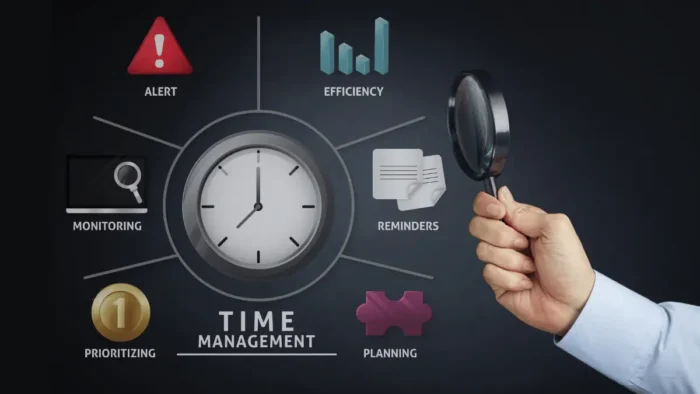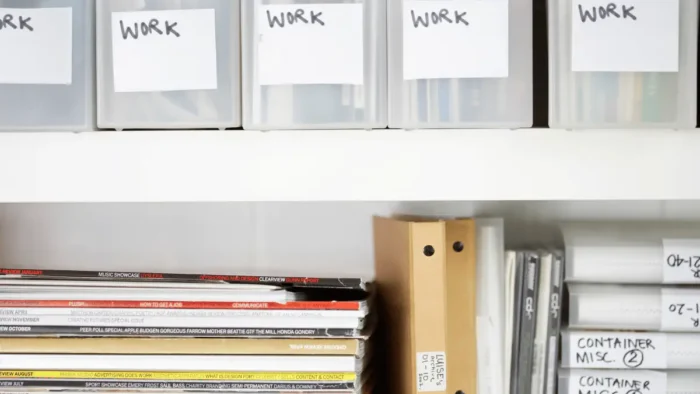A business is made up of several moving parts that can either work in sync or clash with each other. When there are interruptions to workflow things can quickly get off-course.
Being able to coordinate and manage workflows is important to creating a stress-free, efficient workplace.
If you’re seeking a way to improve your business, here are five things that will improve your workflow.
1. Communication
Everyone in the office needs to be on the same page about rules and processes. Encourage employees to communicate what they are working on, answer questions, and report to management.
Lack of communication leads to wrong assumptions that things are being done when in fact work is left incomplete.
Transparent communication is important for workplace productivity, and ensuring employees understand their goals and tasks means work is accomplished properly.
2. Efficient Employees
Employees face constant interruptions to their workflows like distractions from texts, calls, emails, and social interactions. It takes employees a while to regain their workflow and focus their attention. Giving employees frequent breaks allows them to rest their minds for a bit and return to work better able to concentrate and work more efficiently. Using a cloud-based inter-office collaboration tool can streamline important communications with employees without causing much distraction.
Manobyte provides digital and cloud solutions that help businesses achieve growth goals by leveraging content and technology for direct and indirect sales channels. Their digital infrastructure includes ERP to streamline main business operational processes into a single database, CRM to help reps increase productivity, and Revenue Performance Management to collect and analyze data to optimize your sales cycle. Explore all of Manobyte’s solutions at www.manobyte.com.
3. Less Multi-Tasking
Multi-tasking interrupts daily workflow. Switching your brain back and forth between tasks slows down productivity and causes you to lose focus. Cut out distractions and work on one task at a time to improve efficiency. Make sure employees receive the same training more than once to ensure they are confident in handling large and difficult projects. Employees who are intimidated by their workload are prone to procrastination. Train them on the rules and processes of the company so that they feel more comfortable with their work.
4. Organization
It takes less time and effort to find things when you are organized. Taking little daily steps to keep organized creates a stress-free environment to work in. Being organized means keeping your workspace clean and orderly as well as organizing and scheduling your time. Organized people are less likely to waste time and have an easier time concentrating on work. Spend a few minutes each day sorting through papers, organizing your desk, updating your task list, and tidying up your inbox.
Employees should leave work at work. Taking work home to get ahead of projects will negatively impact an employee’s home life. A lack of mental breaks from work will result in more distractions and fatigue during the workday. Work with realistic timelines to complete assignments and recalibrate your pace when necessary to improve your workflow.
Uneebo interior designers for offices in San Francisco bring clients’ visions to life with innovative office interior design. The sun, sand, bridges, and architecture of the Bay Area influence the uniquely created spaces. Clients receive workplace strategy from floorplans to room density, custom 3D floorplans, complimentary design consultation, and the options to rent or buy furniture.
5. De-Stressing
Put all miscellaneous tasks, thoughts, feelings, and stressors out of mind. These things distract from a continual workflow. Maintaining a proper work-life balance means leaving personal issues at the door and concentrating on your most important project.
Team workflow should adapt to new projects as the business grows or shrinks, and embraces new tools. Update workflow documentation as steps, plans, and team members change. Perform a quarterly audit and openly discuss current workflows and any updates, changes, or optimizations that are being implemented.





